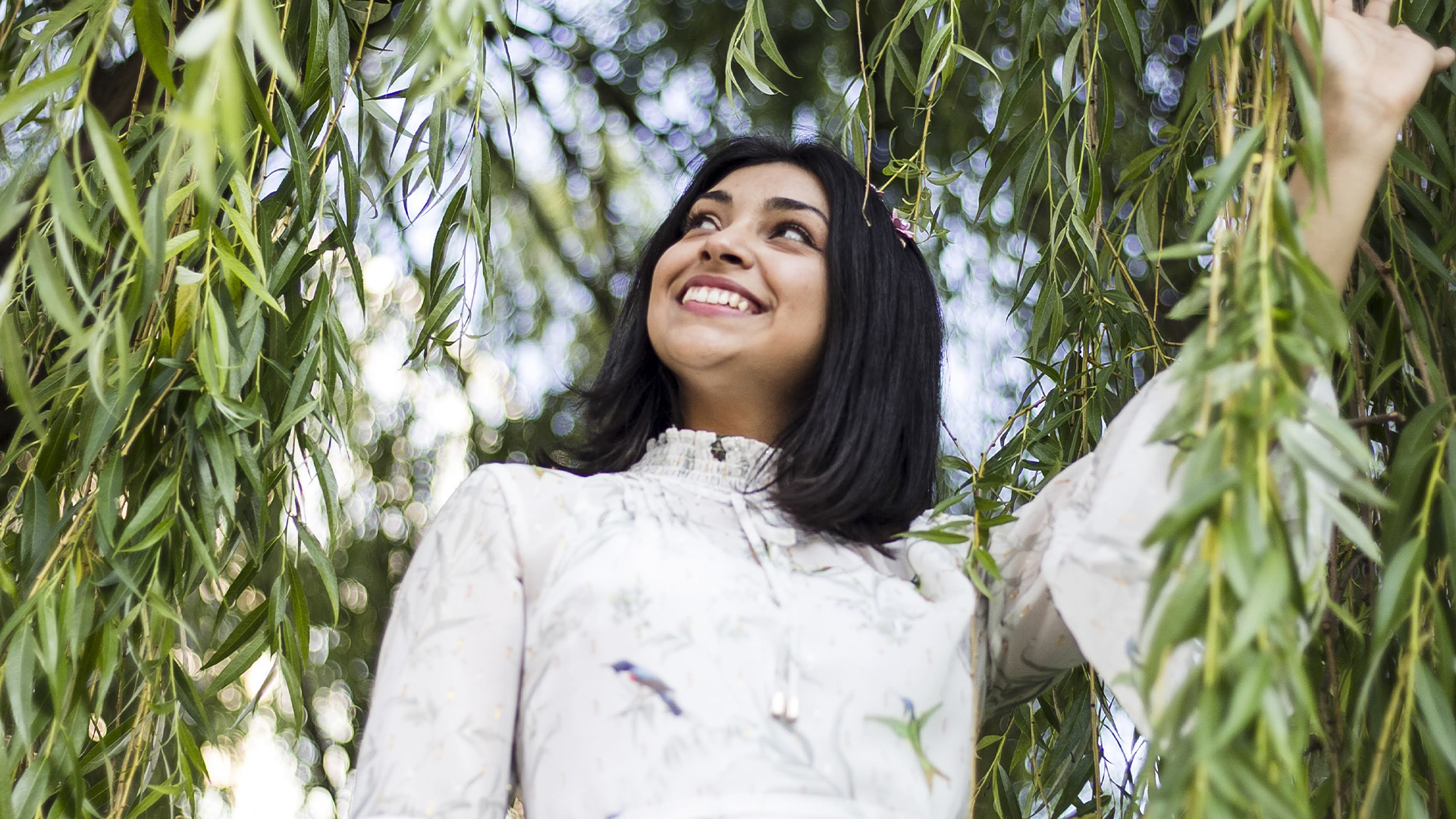
It can be daunting to enter the art world when you're just starting out – something that artist Hazel Mead knows only too well. As part of our 'Kickstart your art career' series, I sat down with Hazel to discuss her journey as an illustrator, from networking nightmares to big breakthroughs.
Hazel studied fine art and illustration at Coventry University. Since then she has had a diverse and impactful career, creating illustrations that expertly blend beautiful imagery with inclusive and meaningful stories. Unafraid to challenge the narrative and tackle the taboo, Hazel's work is a shining example of art with impact, using joyful illustration to destigmatise life's important truths.
If you're inspired by Hazel's art, check out our guide to the best laptops for drawing and the best drawing tablets. For a more traditional approach, take a look at our guide to the best art supplies for painting.
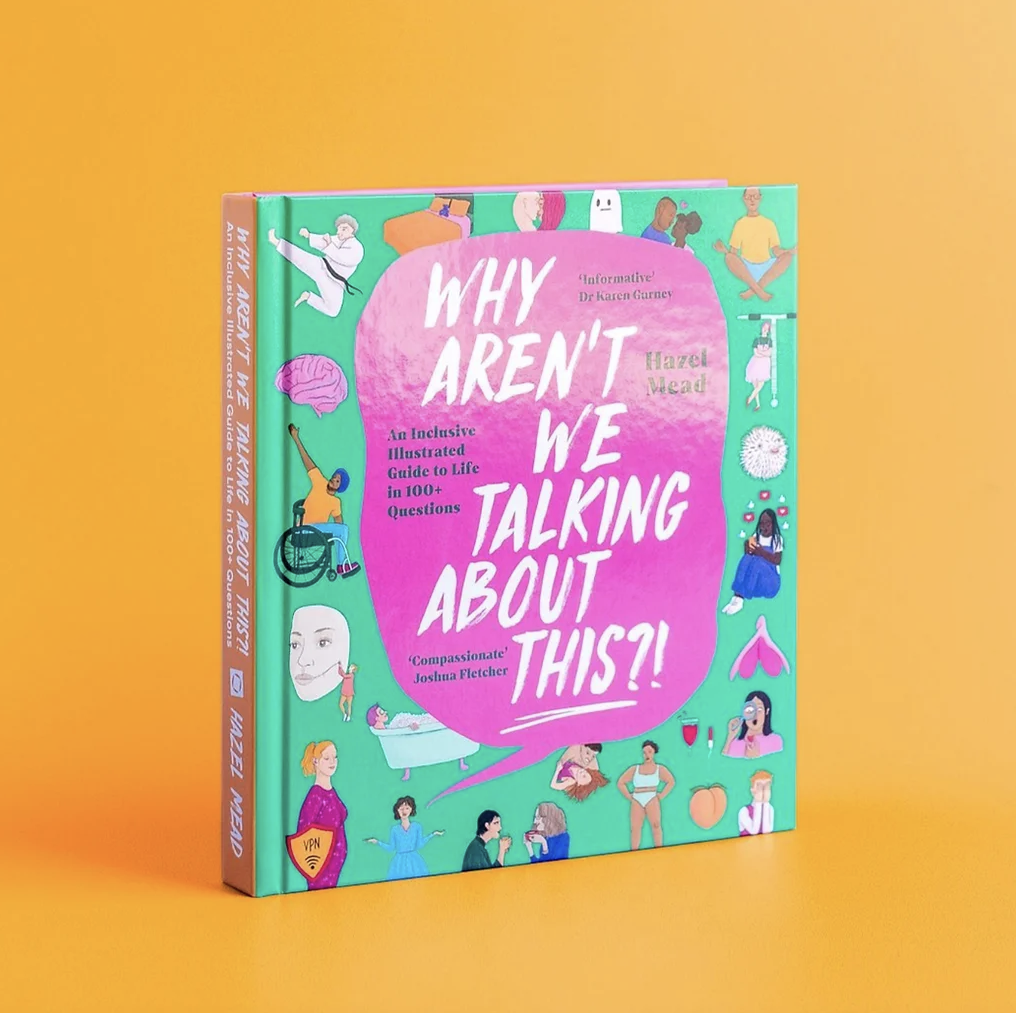
What inspired you to become an artist?
It's very much in my family. My grandpa was a freelance illustrator, one cousin's a photographer, the other's a product designer, and my uncle's a painter – they're all very artsy. I had a lot of inspiration around me and it was important that I had people that showed me you can make a career out of art. A lot of my peers at school didn't have families that 'got it'.
I always loved to draw – it was my favourite thing to do – because I had that passion, and the evidence that it was possible to turn it into a career, it wasn't just a hobby. I knew exactly what I wanted to do.
Did you always know that you wanted a career in illustration?
At first, I wanted to be a children's book illustrator – when you say illustration, people usually think children's illustration – but at uni, I realised there's so much more to the line of illustration. It's everywhere – menus, packaging, books. When you're tuned in to the ways that illustration is used, it expands your world.
I wanted to do everything within illustration. There was a moment when I wanted to be a court artist, a fine artist – right at the end of uni I wanted to be a political cartoonist.
When I left university, I wanted to be an editorial illustrator. I did all the right steps. I was a really good student – I was very studious and I did everything that I was meant to do. But even after doing all of that, it still felt like I was being thrown into the deep end.
So where to go next? I did all the steps I was told to – do your outreach, build your portfolio, contact a whole list of art directors, editorial places, newspapers, and magazines. I spent a lot of time doing that and got nothing back. I knocked on doors and I was ringing up art directors and trying to get through to the Guardian – I even went to the Guardian head office.
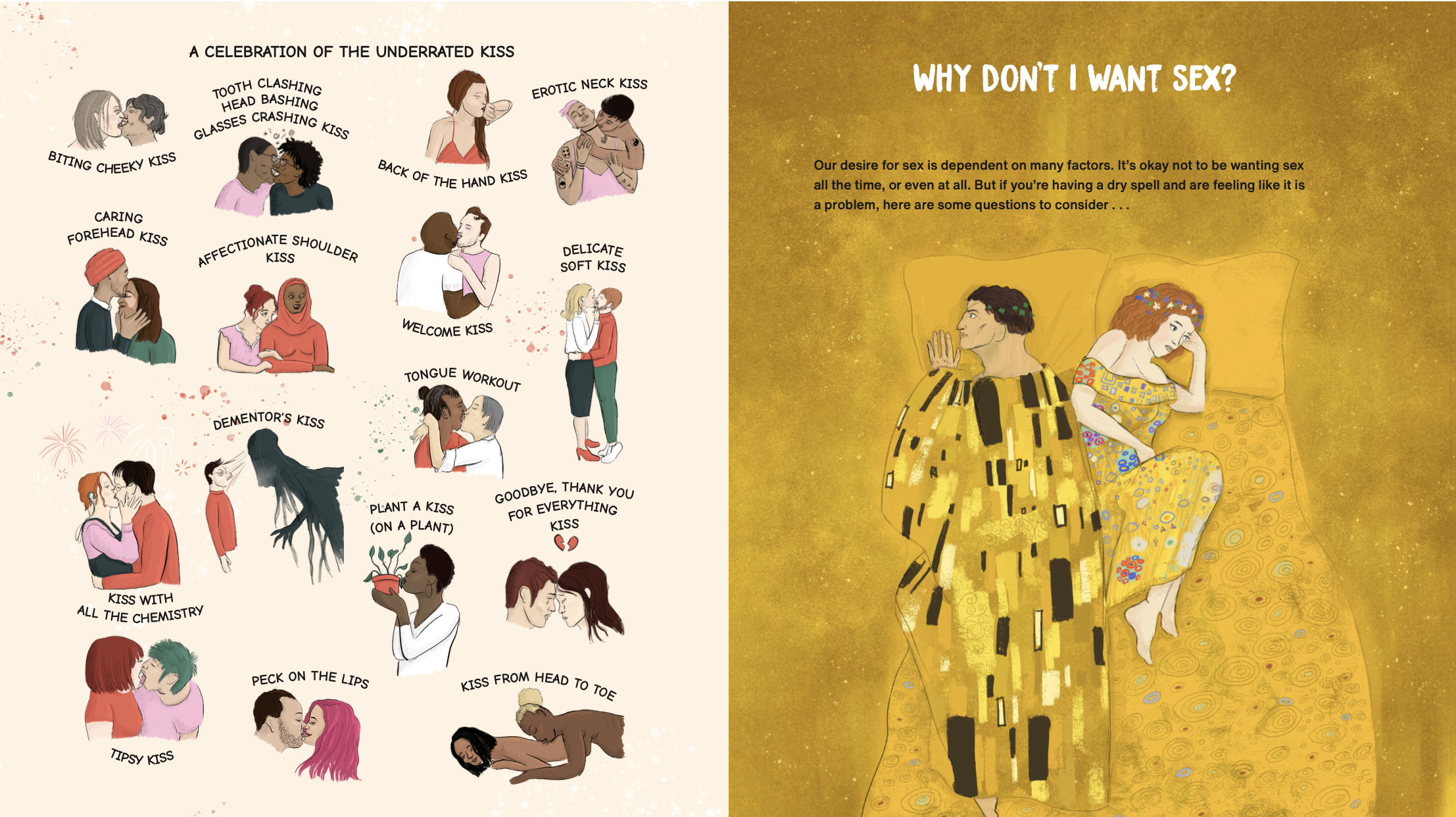
Did you find the post-uni phase of your career quite unrelenting?
It was, but I'm really glad I did it because it showed that I had the guts to go and do that. It made me realise I had it within me and that's always been something that's helped me. I know that's one of my strengths now. I have the guts to go for things and that's got me a lot of work – even if at the time I wasn't directing it the right way.
At the same time, it was slowly chipping away at my confidence because it's a lot of no's to take on, but I'm better at handling the no's now. It's about learning to brush it off and realising it's not personal. Maybe you're the right person at the wrong time. Maybe your portfolio isn't developed enough. It's all a learning curve.
If you throw enough shit at the wall, it sticks. Especially as a freelance illustrator skills, you have to have a bit of a thick skin and prepare for the no's. If you give up on your first no, then you're not going to get anywhere.
That's why I say freelance isn't for everyone because it's a lot of constant outreach. You're not just an illustrator, you're a whole business person. You're doing all the admin, all the marketing, all the outreach, and the drawing itself or the client negotiation. I love that, but it's not for everyone.
When did you start to gain momentum in your art career?
It's interesting because there are a few different points. I got an internship at a feminist organisation and they introduced me to some really interesting women's health organisations. One was Bloody Good Period – a charity dedicated to helping people access period products. It's something I'd never really thought about before – how some people can't afford period products – that's when I realised I wanted to make work around women's health and the things we're not talking about.
So I started within the period sphere but I had a limited scope. For a while I was a bit pigeonholed – I had an article written about me where I was called the 'period illustrator'. It was great, but I wanted to branch out.
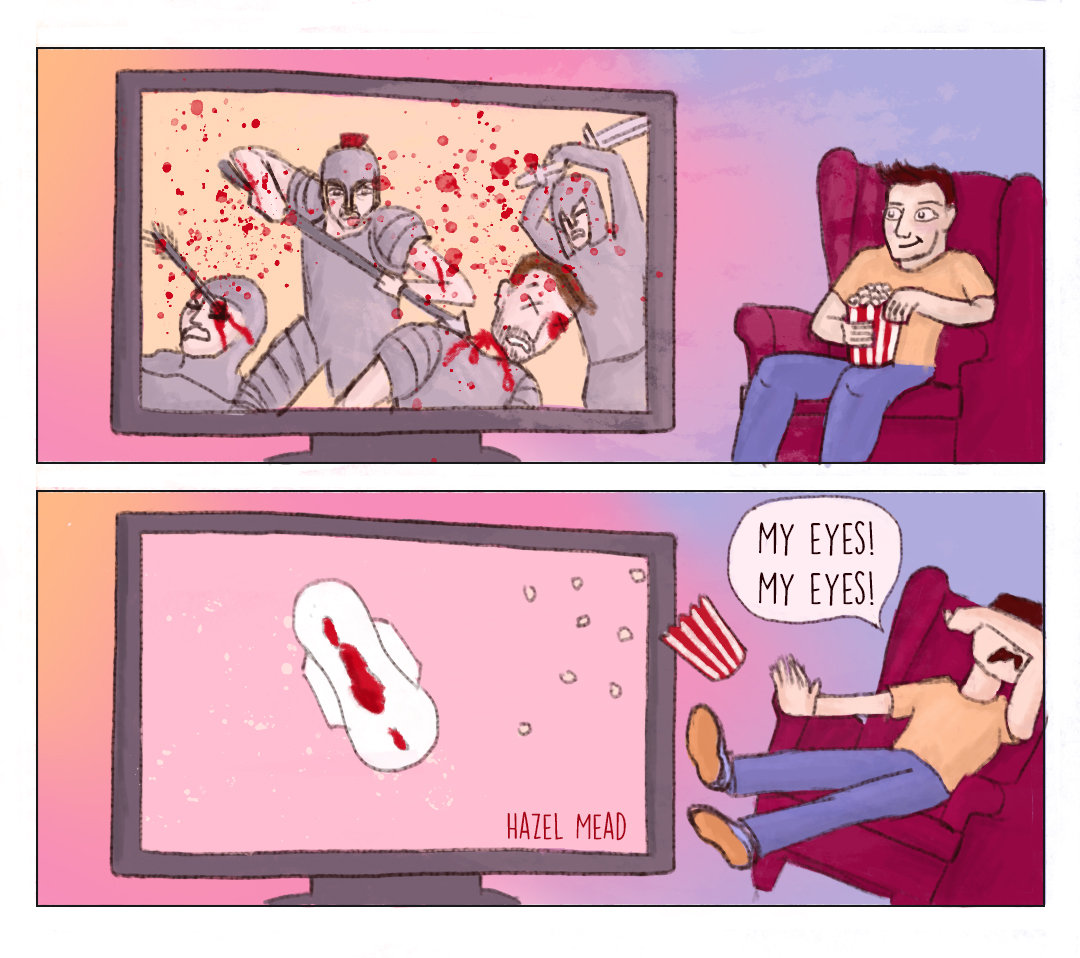
How did you build your creative network?
I started going to events – I really recommend it. It's nice going to arty events where you meet, other artists for social aspects. If you go to events on subject matters that you're interested in, that's where you'll find people who'll want to work with you. That's how I found a lot of my work.
So that was my first beat. Then I started building a little following, posting my work online in the women's health space. I went to this event called Erotica – a sex bloggers conference – thinking they were all writers who might need an illustrator. But there were all these interesting talks, and I went to one in particular about what goes on behind the scenes of porn.
I created this piece called 'Things you don't see a mainstream porn', inspired by that talk and it blew up on social media. I went from 2,000 followers to 30,000 overnight – it was 50,000 within a week. That was the next snowball in my career. That week I had so many commission requests. I worked with Netflix, I did illustrations for TV, period product companies, Amnesty, Adobe.
Do you think social media played a part in your success?
Social media definitely helped but everyone always asks me how to create a viral piece. You can't predict it. I find all the pieces I didn't think would do well, do the best. I can't explain it.
Create something that people connect with. If you want to make viral content, the formula is to educate, entertain, or outreach – create something emotive.
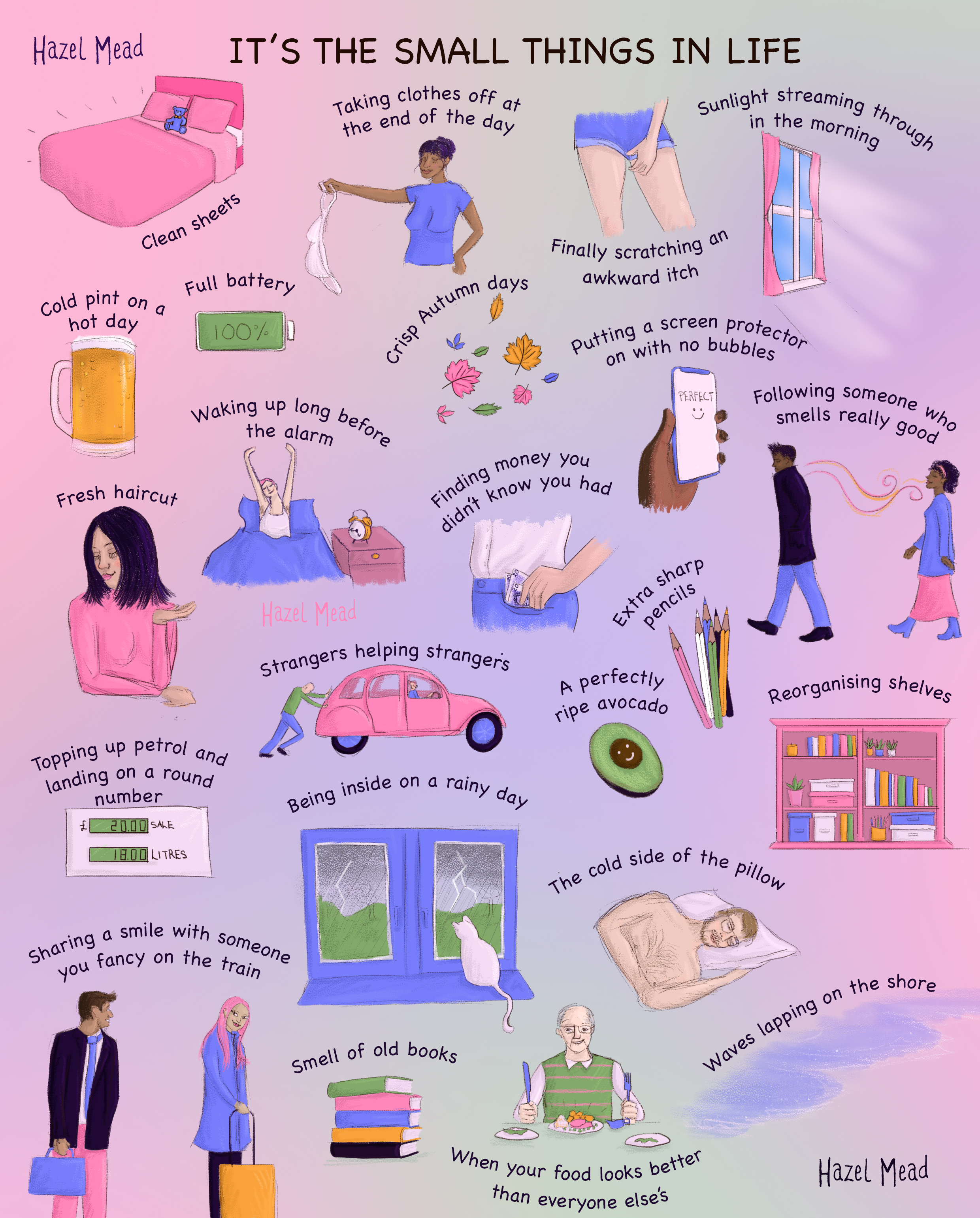
How do you overcome creative block?
It's difficult when you've got deadlines, but if they're lenient I'd say take a break. The worst thing you can do is force yourself to go on and on. It's those moments when I'm in the shower or I'm getting a train that the ideas will come – it's not necessarily when I'm sat at my desk. Get out of your usual workspace.
With creative block, a lot of the time we interject our inner critic. You're in your ideas process thinking "That won't work because of this, this won't work because of that". It's the complete opposite of what you want to be doing in the idea generation phase. You want to be springboarding and not saying no to your ideas. Write anything down – the second stage is to go back and refine.
What advice would you give someone who wants to be an artist?
Work hard, be nice, and follow what you love. When you come out of uni it's difficult to set your own rules, but if you're making work around things you love, you'll know your own strengths. Are you good at networking? Are you good at social media? Better at writing emails? Whatever it is, get on that and do it!
Make work and show people. No one's gonna hire you if you're not putting it out there. We're all making it up as we're going along. I think as creatives especially, we're often really insecure. A lot of the insecurities you have – most professionals you know probably have those insecurities too.
To be cheesy, dream big. I've just scratched the potential of where I'm going to be – I've got much bigger plans. It's about constantly chipping away. Eat rejection for breakfast. There are days when you'll be able to brush it off and days when you start feeling a bit down, but don't put that on yourself. Don't open yourself up to rejection when you're in those low moments, but when you're feeling a bit more optimistic, go for it. What have you got to lose?
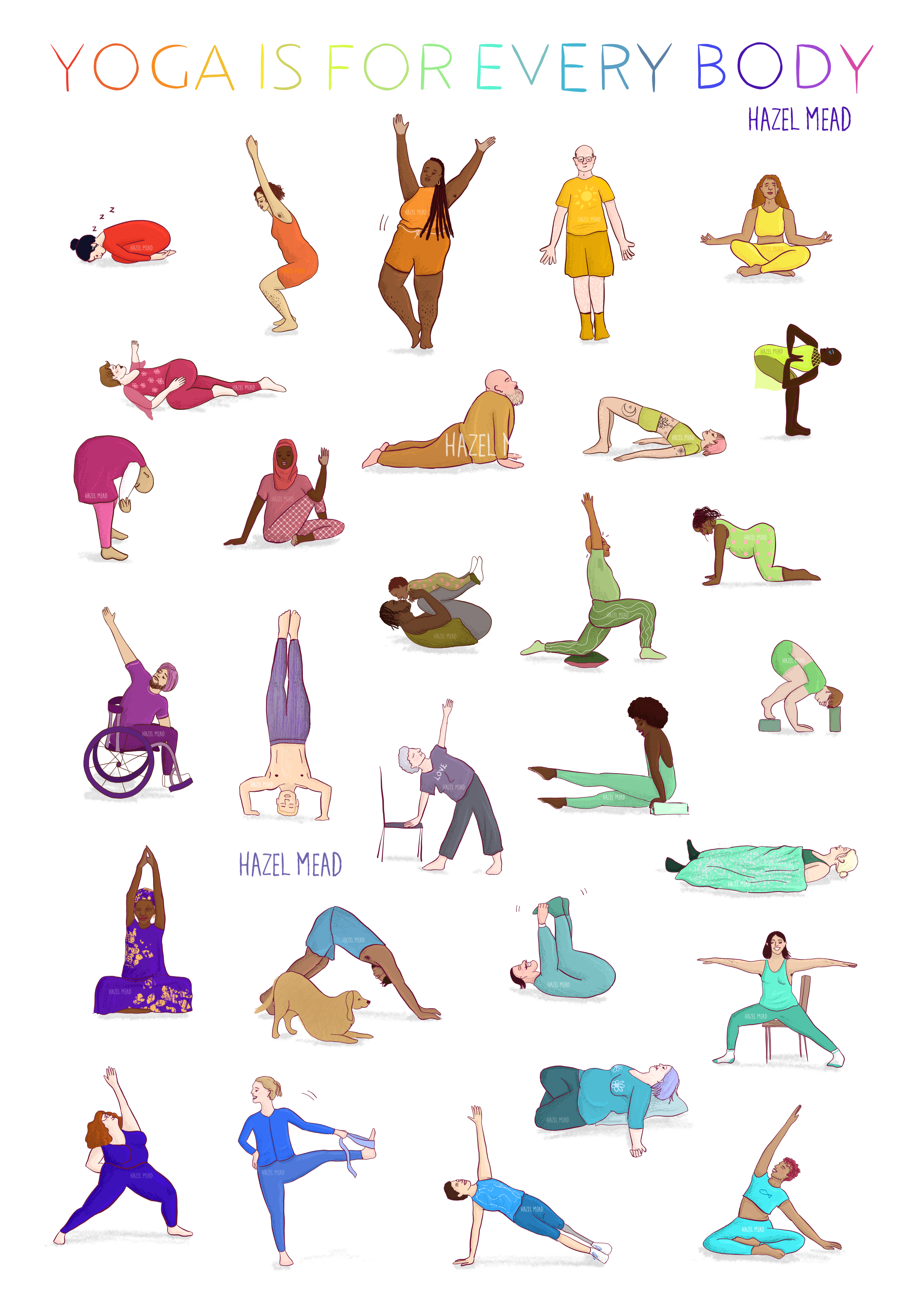
To discover more of Hazel's work, check out her website and keep up to date with her latest projects by following her on Instagram.







